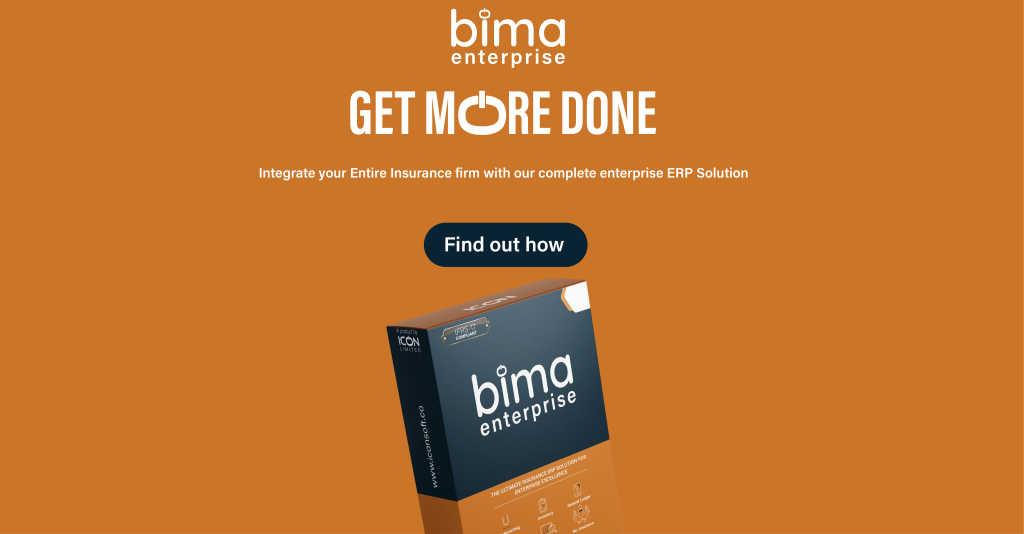In the high-stakes world of insurance, two functions sit at the very heart of profitability and customer satisfaction: underwriting and claims management. For decades, these processes have been hampered by siloed data, manual workflows, and legacy systems that slow down decision-making and increase operational costs.
But a seismic shift is underway. Leading insurers are turning to a powerful, unified solution: the Enterprise Resource Planning (ERP) system.

Far from being just a backend finance tool, a modern ERP is a strategic engine that can integrate and optimize the entire insurance value chain. In this blog, we’ll explore how a robust ERP system is no longer a luxury but a necessity for achieving unparalleled efficiency, accuracy, and growth in underwriting and claims.
The Core Challenge: Siloed Data, Sluggish Processes
Before we dive into the solution, let’s diagnose the problem. Traditional insurance operations often suffer from:
- Data Silos: Customer information lives in one system, policy data in another, and claims history in a third. Getting a 360-degree view of a risk or a claimant is a manual, time-consuming task.
- Manual Underwriting: Reliance on spreadsheets, emailed documents, and physical files leads to slow risk assessment, high error rates, and inconsistent pricing.
- Inefficient Claims Processing: The claims journey involves multiple touchpoints—from first notice of loss (FNOL) to assessment, approval, and payment. Disconnected systems create delays, poor customer communication, and increased loss adjustment expenses (LAE).
- Lack of Real-Time Analytics: Without integrated data, generating actionable insights for portfolio management or fraud detection is nearly impossible.
A modern ERP system shatters these silos, creating a single source of truth that powers smarter, faster decisions.

The Role of ERP in Supercharging Underwriting
Underwriting is the art and science of risk selection and pricing. An ERP elevates this from an art to a data-driven science.
1. Centralized Risk Intelligence:
An ERP integrates data from countless sources—customer relationship management (CRM), external data providers (like credit scores, weather data, IoT sensors), historical policy data, and financial systems. This gives the underwriter a comprehensive, real-time view of the risk, enabling more accurate pricing and reducing the chances of adverse selection.
2. Automated Workflows and Straight-Through Processing (STP):
For standardized, low-complexity risks, an ERP can automate much of the underwriting process. By setting predefined rules, the system can automatically accept, decline, or price risks without human intervention. This Straight-Through Processing (STP) drastically reduces turnaround times from days to minutes, improving both operational efficiency and the applicant experience.
3. Enhanced Consistency and Compliance:
With underwriting rules embedded directly into the ERP workflow, you ensure that every application is evaluated against the same criteria. This eliminates individual biases and ensures consistent decision-making. Furthermore, the system can automatically log all decisions and data changes, creating a clear audit trail that is crucial for regulatory compliance.
4. Portfolio-Level Visibility:
Underwriters and managers can use the ERP’s built-in analytics to monitor the performance of the entire underwriting portfolio in real-time. They can quickly identify profitable lines of business, spot emerging risk trends, and adjust underwriting strategies proactively.
Transforming Claims Management with an ERP
The claims experience is a critical moment of truth that defines the customer’s relationship with the insurer. An ERP transforms this often-frustrating process into a seamless, efficient journey.
1. Streamlined First Notice of Loss (FNOL):
An ERP with a customer portal or mobile integration allows claimants to report a loss instantly. The system can automatically create the claim file, pre-populate customer and policy information, and route it to the correct adjuster, eliminating repetitive data entry and kickstarting the process immediately.
2. Integrated Claims Handling:
Once a claim is created, the ERP becomes the central command center. It connects:
- Document Management: Storing photos, police reports, and repair estimates.
- Supplier Management: Automatically assigning and communicating with approved repair vendors or investigators.
- Finance & Payments: Calculating the settlement amount, managing reserves, and initiating payment through integrated ACH or wire transfer systems.
3. Proactive Fraud Detection:
By analyzing integrated data across claims history, policy details, and third-party databases, the ERP’s analytics engine can flag suspicious patterns. For example, it can detect if a claimant has a history of frequent claims or if the claimed incident overlaps with other known fraudulent activities, prompting a special investigation unit (SIU) review.
4. Real-Time Reserving and Financial Control:
Claims managers can set and adjust reserves directly within the ERP, with changes instantly reflected in the general ledger. This provides the finance team with real-time visibility into liabilities and ensures accurate financial reporting. It also prevents over-reserving, which ties up capital, and under-reserving, which can lead to nasty financial surprises.
5. Superior Customer Communication:
The ERP can automate status updates via email or SMS, keeping the claimant informed at every stage. A transparent process reduces anxiety, minimizes follow-up calls, and significantly boosts customer satisfaction and retention.
Key Features to Look for in an Insurance ERP
When evaluating an ERP for your insurance operations, ensure it has robust capabilities in these areas:
- Unified Database: A single platform that breaks down silos between underwriting, claims, finance, and CRM.
- Configurable Workflow Engine: To model and automate your unique underwriting and claims processes.
- Advanced Analytics and Reporting: Built-in dashboards and BI tools for real-time insights.
- Regulatory Compliance Tools: Features to manage data privacy, generate mandatory reports, and maintain audit trails.
- Scalability and Cloud-Native Architecture: To adapt to growing data volumes and evolving business needs

Conclusion: From Cost Center to Competitive Advantage
In an industry defined by risk and customer trust, efficiency is the ultimate competitive edge. A modern ERP system transforms underwriting and claims from necessary cost centers into powerful engines of profit and customer loyalty.
By integrating data, automating workflows, and providing real-time intelligence, an ERP empowers your team to make better decisions faster, reduce costs, and deliver the seamless digital experience that today’s policyholders demand. The question is no longer if you should invest in an ERP, but how quickly you can harness its power to future-proof your insurance operations.
References
- Deloitte. (2020). The future of underwriting: A journey from art to science. Deloitte Insights.
- McKinsey & Company. (2018). Digital transformation in insurance: The need for a new approach.
- IBM. (2021). The modern claims experience: How to exceed customer expectations. IBM Institute for Business Value.
- PwC. (2022). Insurance 2030: The impact of AI on the future of insurance. PwC Financial Services.
- Gartner. (2023). Market Guide for Core Insurance Software Suites.